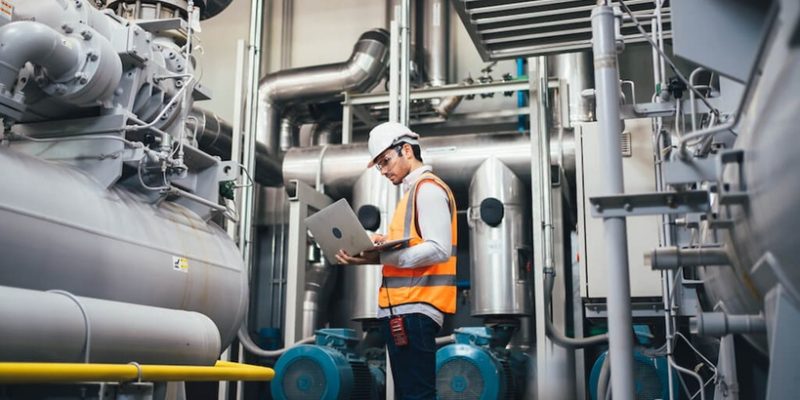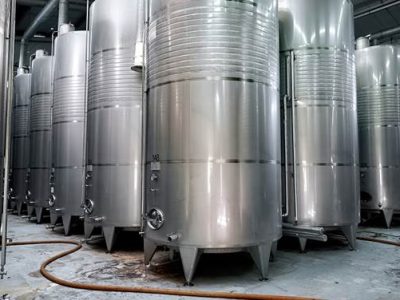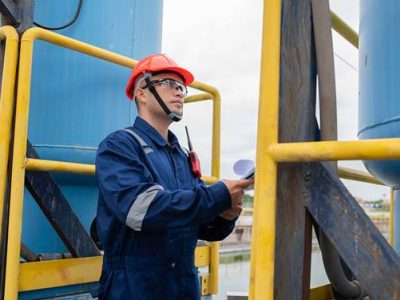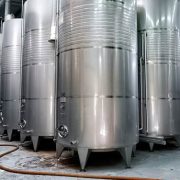Why Preventive Maintenance Matters in Pipelines
Pipelines are the backbone of industries such as oil, gas, petrochemicals, and water supply. They ensure smooth transportation of critical resources over long distances. However, like any infrastructure, pipelines face challenges such as corrosion, leaks, blockages, and pressure imbalances. If left unattended, these issues can lead to catastrophic failures, environmental damage, and costly downtime.
This is where preventive maintenance becomes essential. Instead of waiting for failures to occur, preventive measures ensure that pipelines remain safe, efficient, and long-lasting. Tools and solutions like pipeline pigs, leak repair clamps, and grooved pipes play a vital role in reducing risks while improving operational reliability.
Understanding Preventive Maintenance in Pipelines
Preventive maintenance refers to regular inspections, cleaning, and minor repairs carried out to ensure pipelines operate at their peak. Unlike reactive maintenance where repairs happen only after a failure, preventive maintenance:
- Detects problems before they escalate
- Extends pipeline lifespan
- Reduces emergency repair costs
- Minimizes unplanned downtime
- Enhances safety and compliance with industry standards
Industries that adopt preventive strategies are better equipped to handle sudden challenges and avoid financial losses.
Pipeline Pigs: Cleaning and Inspecting for Maximum Efficiency
One of the most effective preventive maintenance tools in the pipeline industry is the pipeline pig. Despite the unusual name, pipeline pigs are highly advanced devices inserted into pipelines to perform various functions.
Types of Pipeline Pigs
- Cleaning Pigs – Remove dirt, debris, wax, or scale buildup that can restrict flow.
- Inspection Pigs (Intelligent Pigs) – Equipped with sensors to detect corrosion, cracks, or wall thinning.
- Sealing Pigs – Used to isolate sections of the pipeline for repairs.
Benefits of Using Pipeline Pigs in Preventive Maintenance
- Keeps pipelines clear: Prevents blockages and ensures smooth fluid flow.
- Identifies problems early: Detects weak points before leaks or bursts occur.
- Improves efficiency: Reduces pumping costs by keeping internal surfaces clean.
- Reduces downtime: Prevents sudden failures that can halt operations.
Leak Repair Clamps: Quick Fix for Pipeline Damage
Even with preventive measures, pipelines may sometimes develop leaks due to external damage, corrosion, or material fatigue. In such cases, a leak repair clamp provides an immediate, reliable solution.
How Leak Repair Clamps Work
Leak repair clamps are mechanical devices designed to seal leaks on pipelines without shutting down operations. They are clamped directly over the damaged section, providing a secure seal that restores system integrity.
Advantages of Using Leak Repair Clamps in Preventive Maintenance
- Minimizes downtime: Quick installation without disrupting flow.
- Cost-effective: Reduces the need for expensive replacements or welding.
- Versatile: Suitable for different pipe sizes, materials, and pressures.
- Reliable: Provides long-lasting protection until permanent repairs are made.
For industries where downtime translates into massive losses, leak repair clamps are an essential tool in the preventive maintenance toolkit.
Grooved Pipes: Simplifying Installation and Maintenance
Another preventive solution that contributes to pipeline reliability is the grooved pipe system. Instead of traditional welding or threading, grooved pipes use couplings that join pipes securely while allowing flexibility.
Why Grooved Pipes Enhance Preventive Maintenance
- Ease of Maintenance – Grooved couplings allow sections of pipelines to be easily dismantled for inspection or repair.
- Flexibility – The joints can absorb vibration, thermal expansion, and movement, reducing stress on the pipeline.
- Time-Saving – Installation and replacement are much faster compared to welding.
- Safety – Eliminates hot work (welding), reducing risks during installation and repair.
Applications of Grooved Pipes
- Fire protection systems
- HVAC pipelines
- Water distribution networks
- Industrial piping systems
By choosing grooved pipes, industries ensure a pipeline system that is easier to maintain, safer to operate, and faster to repair.
The Combined Role of Preventive Maintenance Tools
When used together, pipeline pigs, leak repair clamps, and grooved pipes create a strong foundation for preventive maintenance:
- Pipeline Pigs keep systems clean and detect issues early.
- Leak Repair Clamps provide immediate solutions when leaks occur.
- Grooved Pipes ensure that the pipeline remains easy to inspect, dismantle, and maintain.
This integrated approach not only reduces downtime but also enhances pipeline safety and performance.
Preventive maintenance is not just about avoiding downtime—it’s about ensuring safety, efficiency, and cost savings. By adopting tools like pipeline pigs for inspection and cleaning, leak repair clamps for emergency fixes, and grooved pipes for flexible installation and repair, industries can achieve long-term reliability and reduce operational risks.
Instead of treating pipeline maintenance as an expense, companies must view it as an investment in uninterrupted productivity and safety. With the right preventive strategies, pipelines can operate at peak performance for decades.













Comments